Hello and welcome to my first tutorial. Exposure will probably be the first you’re going to have to learn about photography after you know how to press the shutter button. Whether you have a Nikon, Olympus, Canon or Sony, a P&S, TLR, MILC or SLR, exposure is what it all comes down to.
Exposure basically means: how long is your camera’s sensor or film exposed to light. Light is the building bricks for your picture or video and without it there wouldn’t be any visible pictures, sight or life for that matter. The things we see, with our eyes or camera, is light that was reflected by objects in our world: cars, other people and the kitchen. This tutorial will cover the very basics of exposure and what your camera’s exposure consists of and how you can control it.
There are three, no more no less, factors that influence exposure: the amount of time the camera’s sensor is exposed to light, the amount of light that enters the camera body and the sensitivity of the camera to light. These three factors we respectively call the shutter speed, aperture and ISO.
A good picture blends these three factors together to form the perfectly exposed picture, a bad ratio will have a bad final product. Just like a good cocktail has to have a good ratio, a picture does too. Mess the ratio up and it turns out too dark or light, too shallow, too blurry or too grainy (more on these terms later on)
Let’s, for the sake of the tutorial state that a good tutorial is 100% and that everything above 100% is a photo that’s too light, which we called overexposed or blown out, and that everything under 100% is too dark, called underexposed or crushed. All three factors contribute a certain percentage to make a perfect picture. Let’s see in the upcoming examples what happens when we decrease or increase a factor, making the final photo less or more than 100%.
I will now go into detail on all three subjects with some example shots to illustrate what I mean.
Shutter speed
As stated above, the shutter speed is the time the camera’s sensor is exposed to light. Every camera has what’s called a curtain that controls the time there’s light reaching the sensor. This ‘curtain’ can be either analog or digital. In the first case there’s literally two curtains that cover the sensor so no light comes onto the sensor; think of it as when you’re going to the movies: when the curtains are open you can see the movie, if they’re closed you can’t. A digital curtain works the same, except the software just tells the camera there’s an imaginary curtain.
The longer the curtains are open, the more time light can come onto the sensor. It’s easy as that. The shutter speed, commonly abbreviated as SS, means the time the curtains are open. These shutter speeds can be as long as 30 seconds (or hours) to as short as 1/8000th of a second. This means that the camera’s sensor is respectively 30 seconds and 1/8000th of a second exposed to light.
So, all this chit-chat about shutter speed, let’s see some examples!
These three pictures illustrate the difference between three different shutter speeds and how they effect the final exposure of the exposure. The shutter speed is the only thing that changes throughout these three pictures. (eg. First picture is 33% in every department, in the second picture the shutter speed is only 20% (for a final product that’s too dark because 20+33+33% = 87%) and the third picture has the shutter speed at 45%, making the final product 112%, so too light)
Good exposure – shutter speed: 1/10th of a second
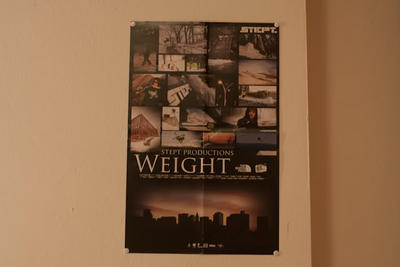
Underexposed – shutter speed: 1/25th of a second
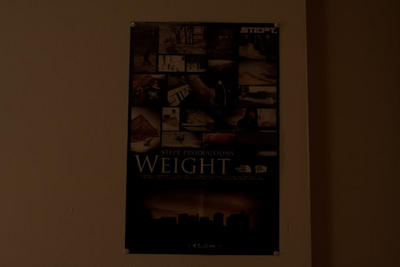
Overexposed – shutter speed: 1 second
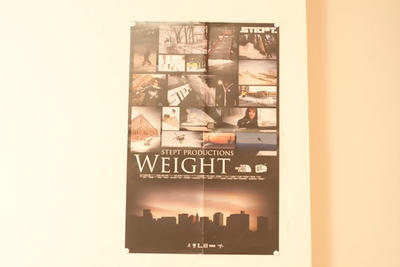
As you can see that as long as the aperture and ISO stay constant and you only change the shutter speed, the exposure changes with it.
Aperture
The aperture is the second thing were going over. The aperture, sometimes referred to as diaphragm or F-stop, is the amount of light your lens lets through its glass elements. There’s a mechanism in every lens that can decrease the amount of light it let’s through, this mechanism is what we call aperture, diaphragm or F-stop.
The SMALLER the F-stop, the more light comes through and the BIGGER the aperture the less light comes through. This is slightly confusing at first, but once you thought about it you’ll get the hang of it (it still won’t make sense though...). The aperture consist of blades that open and close and cut out part of the light. They overlap, so when all blades are closed you still got a circular opening in your lens. The aperture is written down as F/number (hence the name F-stop). For example a lens can have an F-stop of f/4 as it’s smallest aperture and the aperture blades can close it down so that the lens will close down a bit. The F-stop will get bigger, for example f/8, meaning the blades are slightly closed and the lens opening isn’t ‘big’, aka wide open
This chart is a simple illustration of what different apertures look like:

Now it’s important to know that f/4 isn’t twice as big as f/8, but more on this in the next, a little more in-depth tutorial.
On to some examples!
First of a good example, with every factor at 33%, making a nicely exposed picture:
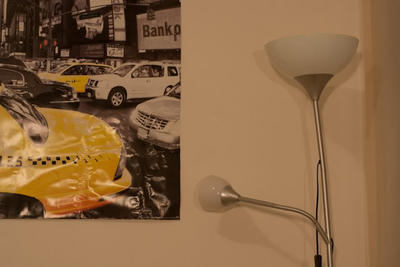
Underexposed – bigger F-stop, meaning smaller aperture
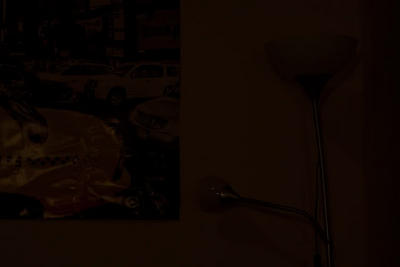
Overexposed – smaller F-stop, meaning bigger aperture
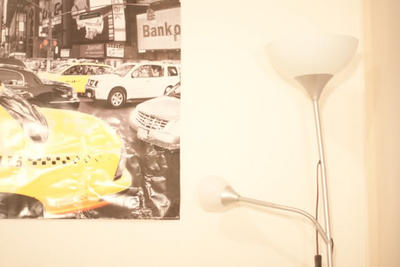
As you can see the bigger the opening the more light comes through and vice versa. Think of it as a gate with an endless amount of people that need to go through. The bigger the gate the more people can go through side-by-side – that’s exactly what the aperture is: a gate that lets an endless amount of light through.
ISO
The ISO (sometimes called ASA) is the index number for the sensitivity of the sensor or camera to light. This standardized measure originates from the film-era, but when the world got taken over by digital camera’s after the turn of the century, digital camera’s started using the same index numbers.
It’s basically just like with people, though I’m not trying to be racist or anything, White people burn much faster than darker skinned people do. Why? Because they are more sensitive to light than dark-skinned people are. The dark-skinned people are the low ISO’s, the white-skinned people high ISO’s.
ISO’s run from about 100 tot 6400 generally (though higher and lower ISO’s do exist they’re not really common)
ISO’s really are pretty basic and I reckon the best way to show are by looking at pictures. One again I left the other two, shutter speed and aperture in this case, alone, so I only changed the ISO.
Normally exposed picture:
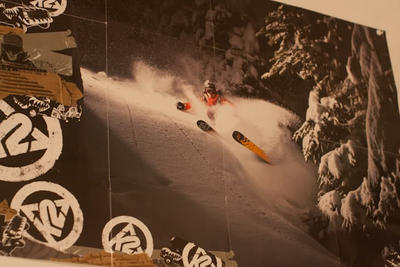
Underexposed – low ISO
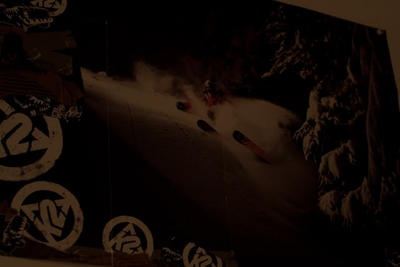
Overexposed - high ISO
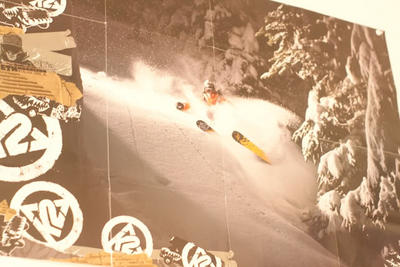
As you can see, the more light sensitive the sensor (or film) is, the faster the picture get’s exposed.
You might be wondering why you wouldn’t always shoot at a high ISO, leaving you with more room to play with the aperture and shutter speed so you can set those accordingly to whatever you want to shoot. Possibly you could, but there’s a disadvantage to using high ISO’s, which I will cover in my next tutorial on exposure, going more in depth on shutter speed, aperture and ISO. I will talk about what kind of effect the different settings have on the picture, not so much on the exposure (because that’s what we covered in this tutorial already), but on the actual picture itself!
See you next time!


